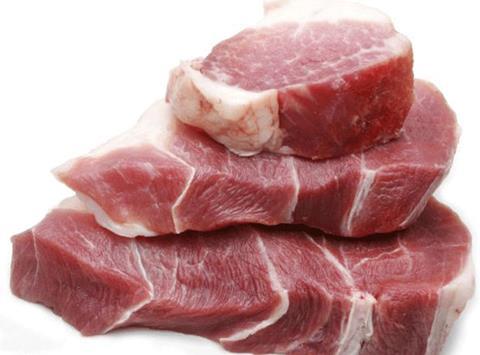
As meat producers and processors in the UK and Europe struggle with low prices and declining margins, help could be at hand from new packaging technologies, which are set to make it much easier for processors to sell fresh meat into export markets.
However, early adoption and investment will be key – and industry will need to work hard to be persuaded of the benefits of emerging packaging formats.
Those were the key messages from a new report from Rabobank this week, which profiled emerging packaging formats and highlighted their potential for the meat industry.
Fresh – rather than frozen or tinned – meat offered the biggest potential for value generation, but processors had historically been restricted to regional markets, as the short shelf life of fresh meat made it difficult for products to be traded across long distances, Rabobank said. However, new packaging technologies were now starting to change this, giving suppliers a much wider potential customer base.
This would help suppliers in Northwestern Europe access markets in Eastern and Southern Europe, and help open up markets in Asia – particularly China – for European and North American processors, the bank said.
“For fresh pork and non-prime beef, the export range is currently limited by a shelf life of roughly three to seven days, depending on the type of packaging, so new meat packaging and processing technologies that extend shelf life could help these segments reach market expansion goals.”
Rabobank highlighted vacuum skin packaging (VSP), Co-Map packaging – where part of the atmosphere in packs is replaced with carbon monoxide – and high pressure processing (HPP) as technologies that were especially promising (see table below).
“We estimate that technologies that lengthen shelf life, such as VSP and CO-Map, can lengthen the window of opportunity for fresh meat exports, offering meat processors and packers greater sales flexibility and improving their negotiating position with buyers,” it said.
Co-Map is not yet approved for use in the European Union, but is currently being used by suppliers in the US and in Norway.




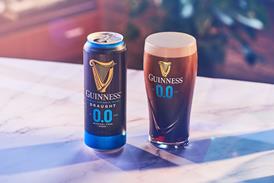


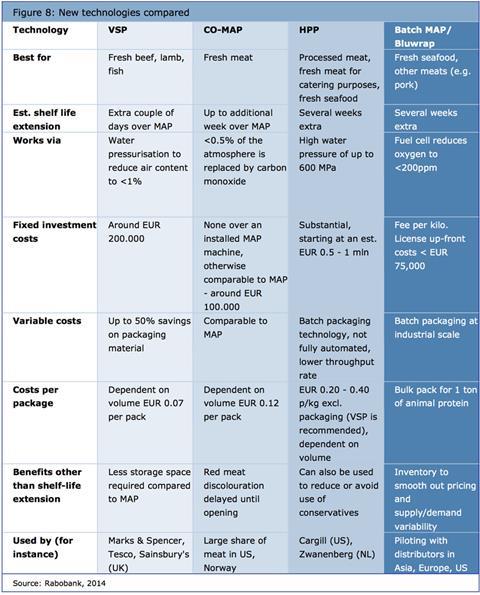
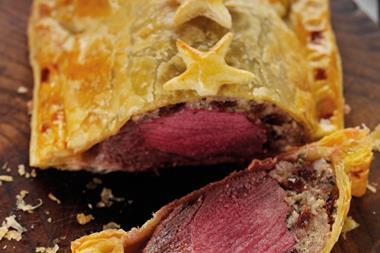
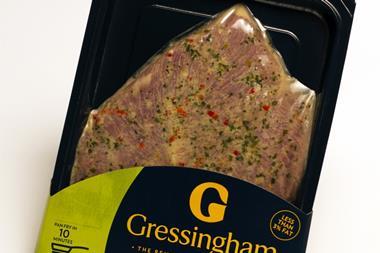
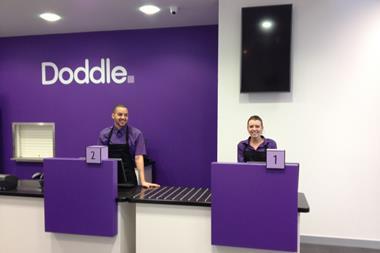
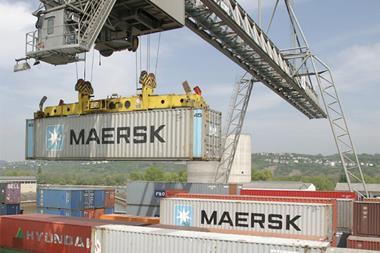
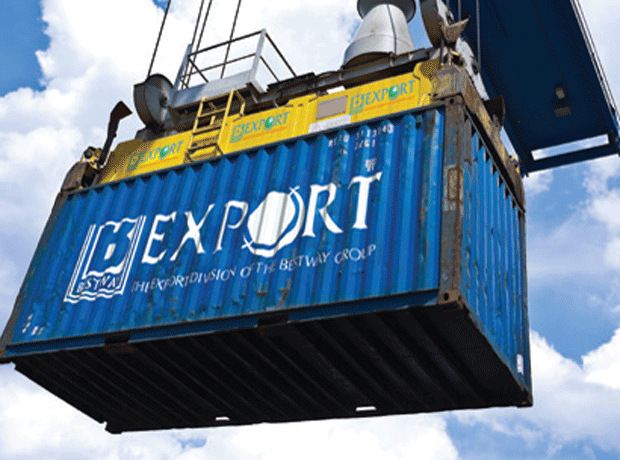
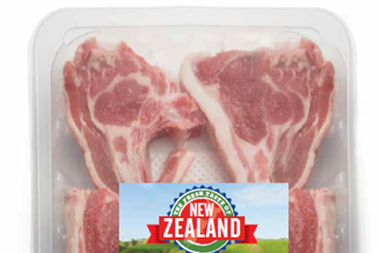
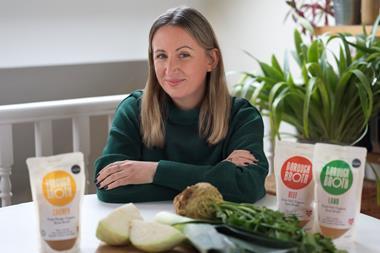

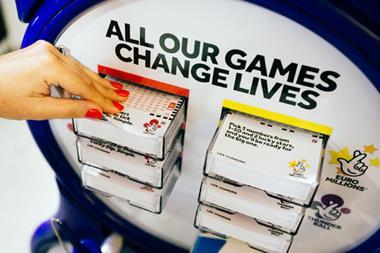

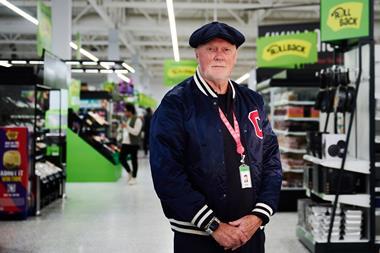

No comments yet